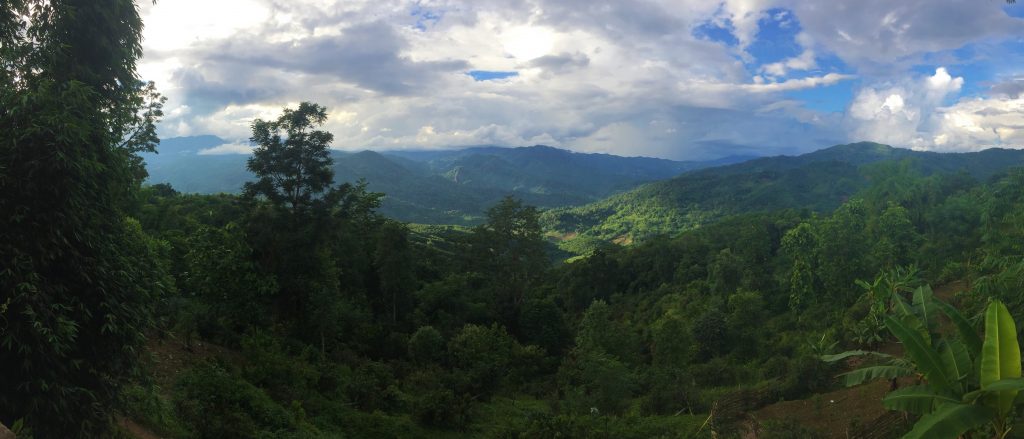Hey there! I’m Lauren, one of the five students from the 2016/17 cohort. This year is now coming to an end and I would love to share my China experience with you all!
Back in March, I was intending to study spotted hyenas (Crocuta crocuta). I know what you must be thinking… what is this girl on about? There are no hyenas in China! Well this is where things got interesting. My study site in Kenya was compromised and thus I was presented with a new option, to research Asian elephants (Elephas maximus) in China. I had never travelled to Asia before nor had I studied elephants so I agreed with absolutely no hesitation!
Before I knew it, my proposal was submitted and I was on the plane to Beijing ready to begin my 10- week research adventure! Both Jo, a fellow student, and I were welcomed by the team at Beijing Forestry University (BFU). As our collaborators, they helped us to get our research up and running.
With fewer than 250 elephants in China, conservation efforts are needed across the country. However, with limits on time and funding, I could only focus on one Asian elephant population. This population exists in Nangunhe National Nature Reserve (NGH), an expanse of protected rainforest in southwest Yunnan Province (see figures). The elephants here are potentially the most vulnerable in China as they number at just 20 to 23 individuals and have been isolated for 20 years. Such a small population is subject to stochasticity, which is where birth and death processes fluctuate by chance. For instance, there may be no females born one year. This is a concern for elephants in NGH as they could become easily inbred, and ultimately extinct in the future.
In order to reverse the effects of stochasticity, one needs to know the state of the elephant population in NGH and how it can be improved. The central aim of my study was therefore to reveal the structure of this population, focusing particularly on population size, density, social organisation, sex ratio and age distribution. The elephants in NGH are notoriously shy and so I obtained this data through camera trapping, identifying and aging individuals based on their body features. This unsurprisingly required relentless photo zooming, a keen eye and dedication! 1,394 camera days and hours of analysing later, I gained some exciting results, which both answered old questions and raised new ones. Ultimately, my project will inform the management at NGH and contribute to the conservation of this invaluable elephant population.
Thanks for reading! If you would like to learn more about the MRes research projects, elephants or simply what it is like to live in China, then do not hesitate to contact me!
My e-mail address is lh13g16@soton.ac.uk. Best of luck to the new cohort!
Posted By : Aggie Thompson


